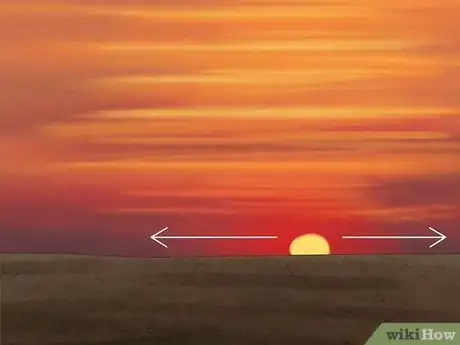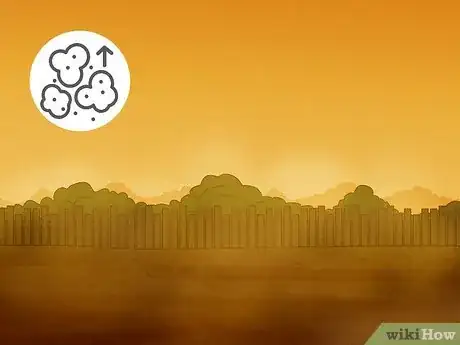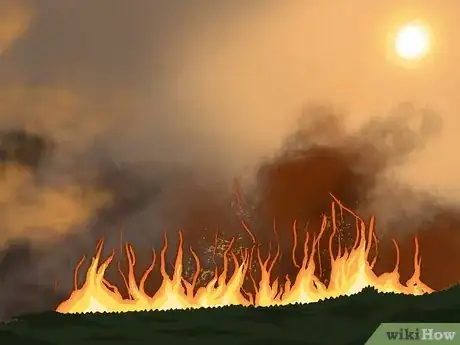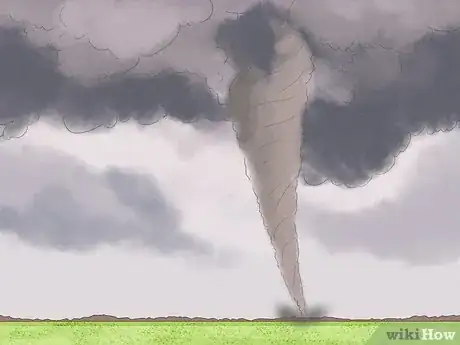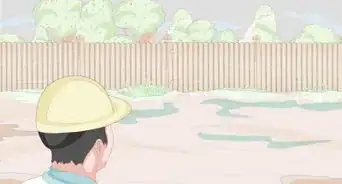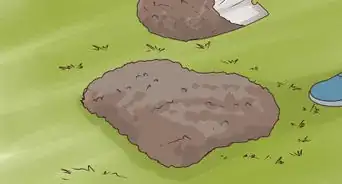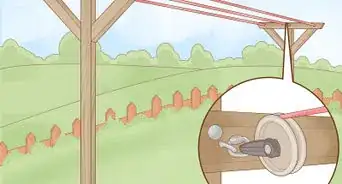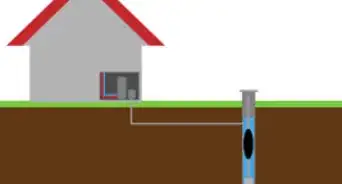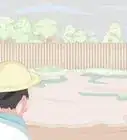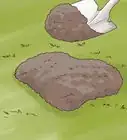This article was co-authored by wikiHow staff writer, Amber Crain. Amber Crain has been a member of wikiHow’s writing staff for the last six years. She graduated from the University of Houston where she majored in Classical Studies and minored in Painting. Before coming to wikiHow, she worked in a variety of industries including marketing, education, and music journalism. She's been a radio DJ for 10+ years and currently DJs a biweekly music program on the award-winning internet radio station DKFM. Her work at wikiHow supports her lifelong passion for learning and her belief that knowledge belongs to anyone who desires to seek it.
There are 7 references cited in this article, which can be found at the bottom of the page.
This article has been viewed 1,085 times.
Learn more...
You glance outside on a perfectly normal afternoon and notice the sky is glowing an eerie yellow—but why? A yellow sky can definitely look ominous, but don't worry, there's a perfectly logical explanation for that unusual yellowish tint. In this article, we'll explain exactly what's happening when it looks yellow outside and discuss all the possible scenarios that can create this effect in our sky.
Things You Should Know
- The most common cause of a yellow sky is storm clouds. The clouds scatter the blue light coming from the sun, and this makes the light look yellow to us.
- Dust storms, pollen, and smoke in the atmosphere can also cause it to look yellow outside for the same reason: they scatter the blue light in the sky.
- A yellow sky doesn't necessarily mean a tornado or hurricane is on the way. Any kind of storm cloud can cause the sky to look yellowish (or even greenish).
Steps
References
- ↑ https://www.nssl.noaa.gov/education/svrwx101/thunderstorms/faq/
- ↑ https://www.lettersandscience.net/yellow-clouds-danger/
- ↑ https://news.wisc.edu/curiosities-what-determines-the-colors-of-the-sky-at-sunrise-and-sunset/
- ↑ https://www.sciencefocus.com/the-human-body/why-does-the-sky-change-colour-on-the-brink-of-a-hurricane/
- ↑ https://www.bostonglobe.com/2022/05/31/metro/wall-pollen-turned-sky-yellowish-green-after-cold-front-moved/
- ↑ https://www.vcstar.com/story/news/special-reports/outdoors/2020/09/10/ventura-county-sky-california-wildfires-smoke-keep-temperatures-cooler-nws/3459203001/
- ↑ https://www.discovermagazine.com/the-sciences/yes-skies-sometimes-really-turn-green-before-tornadoes

